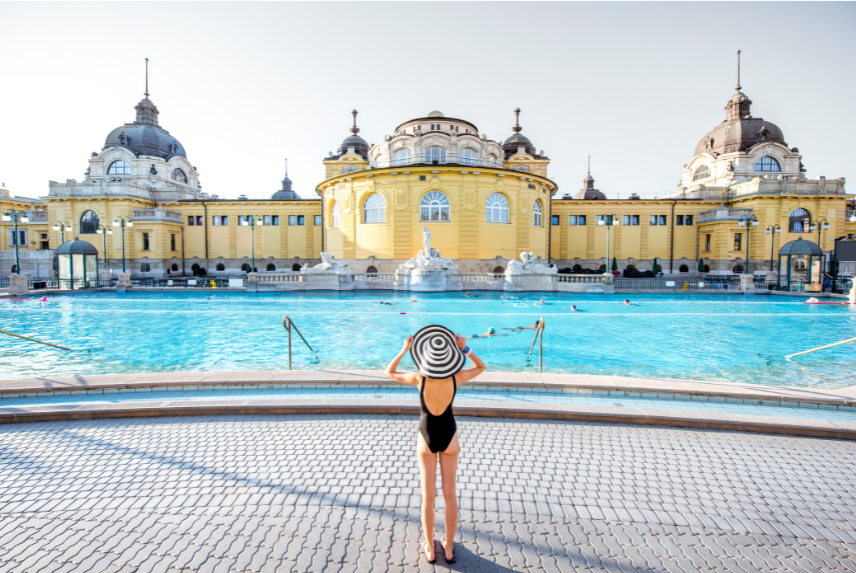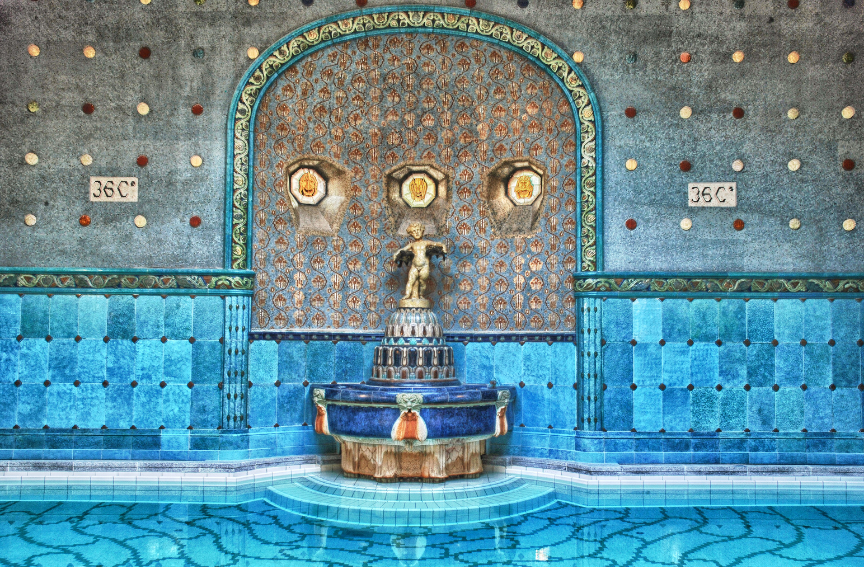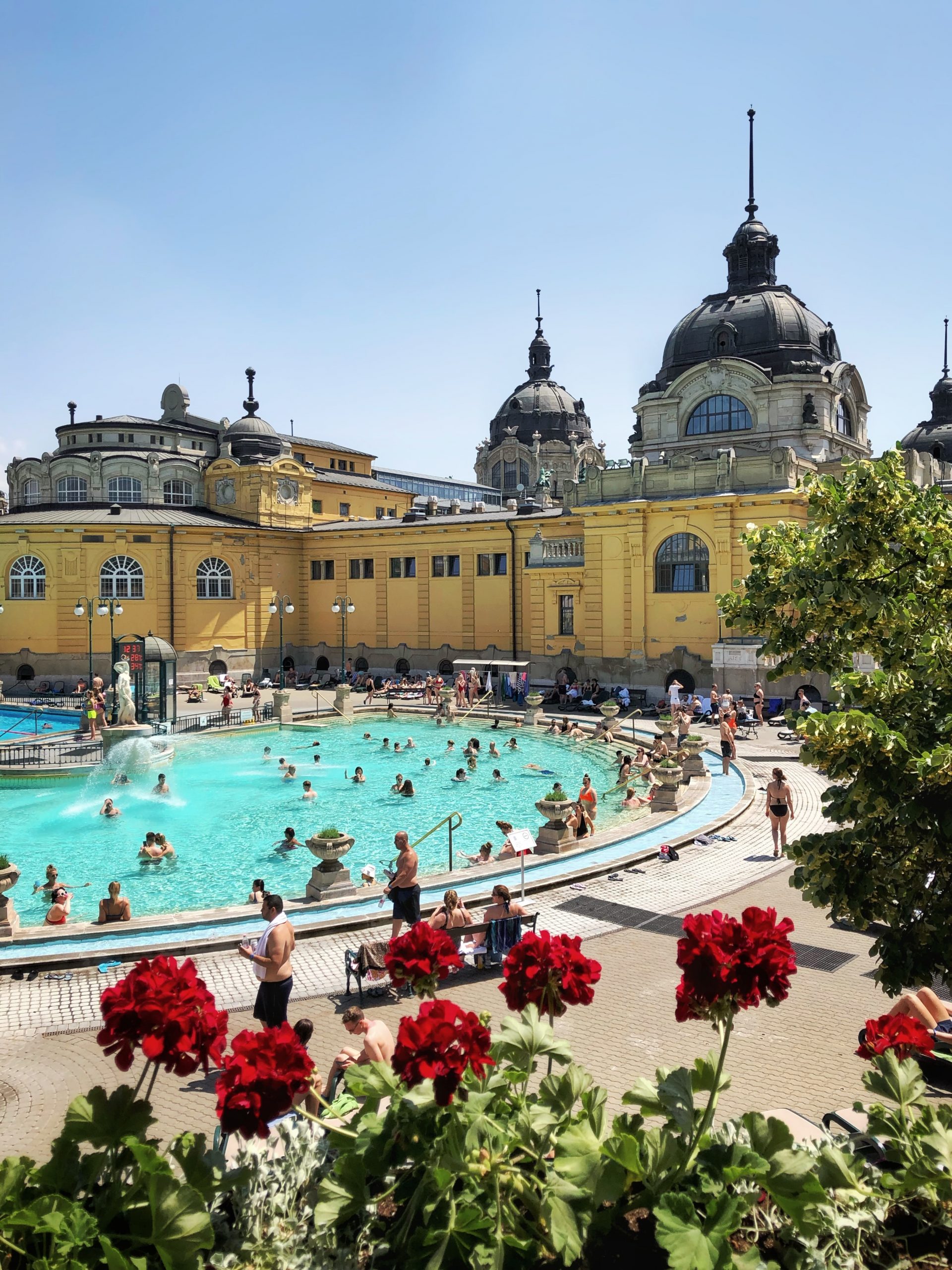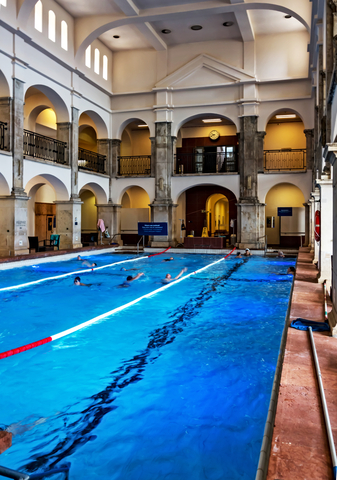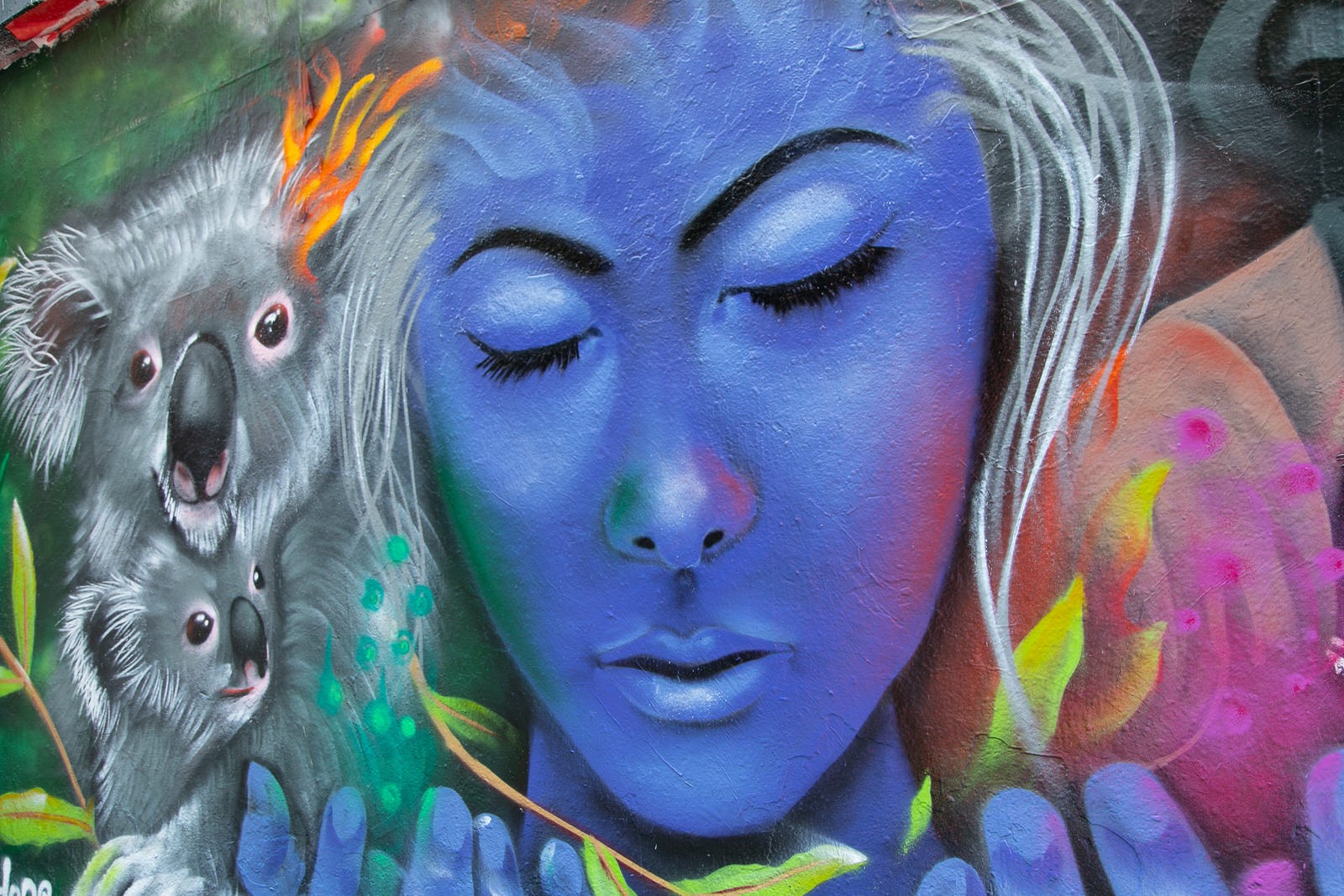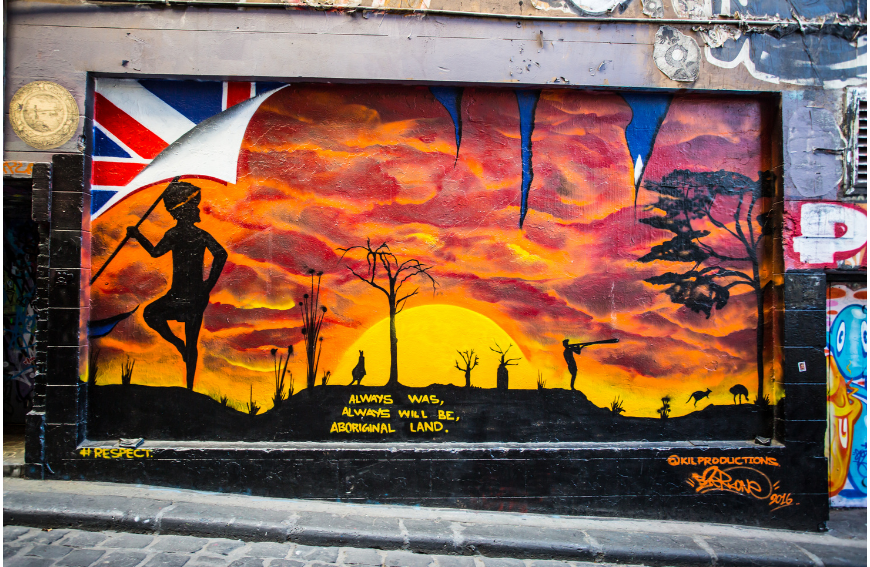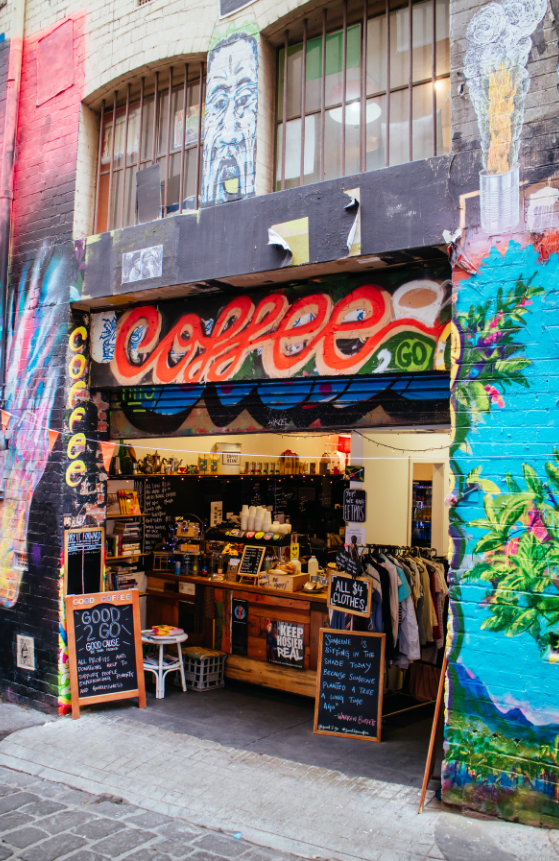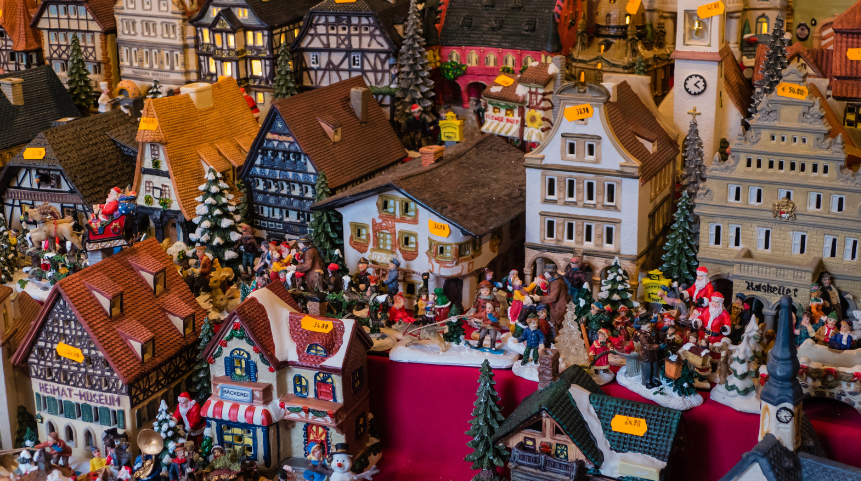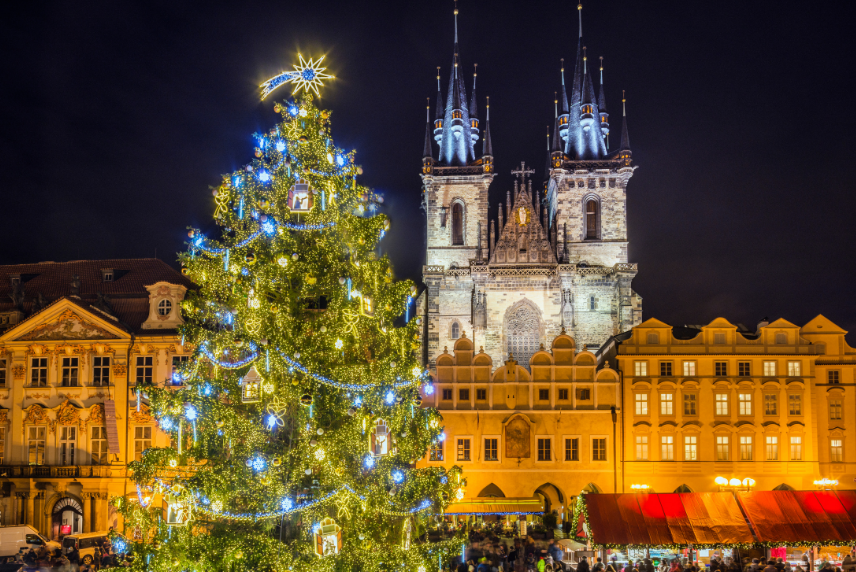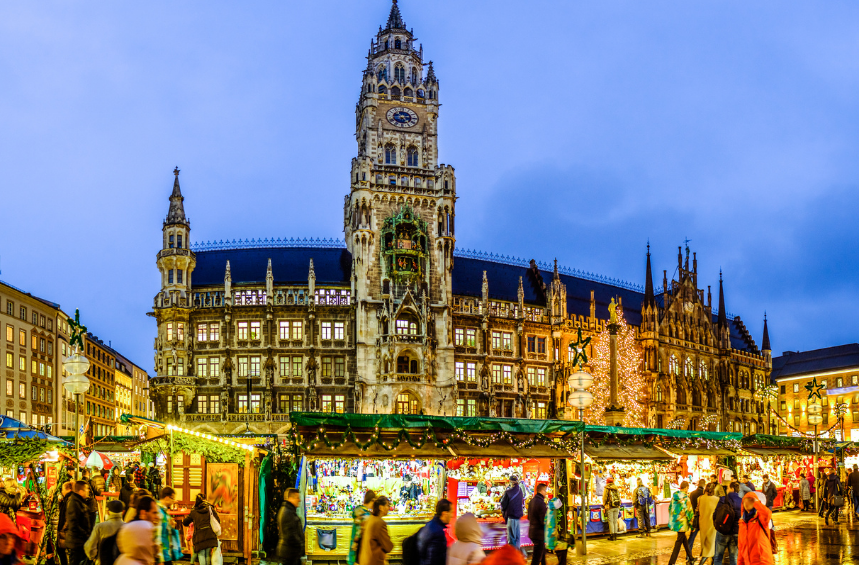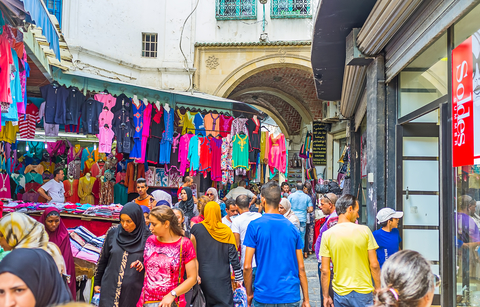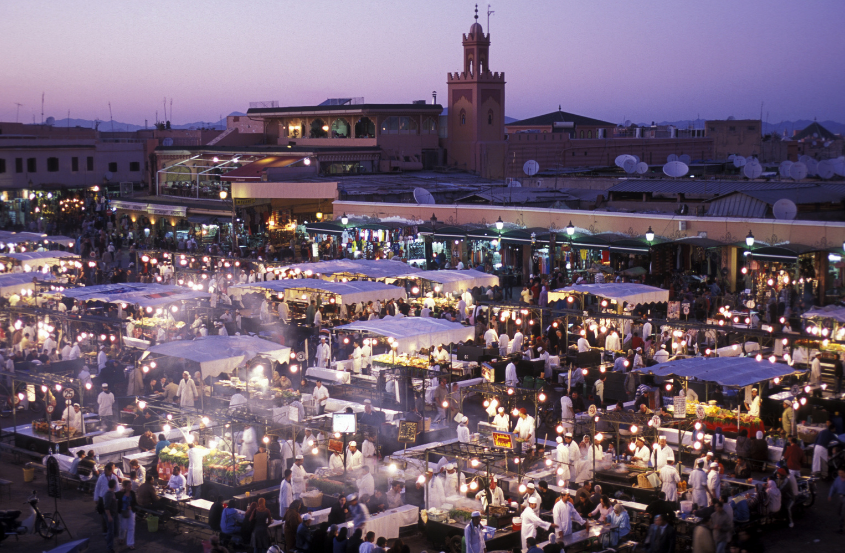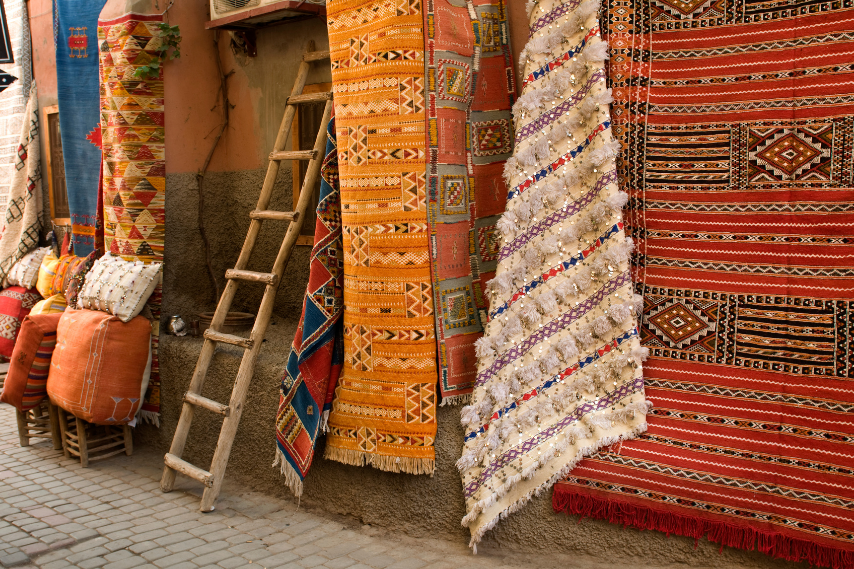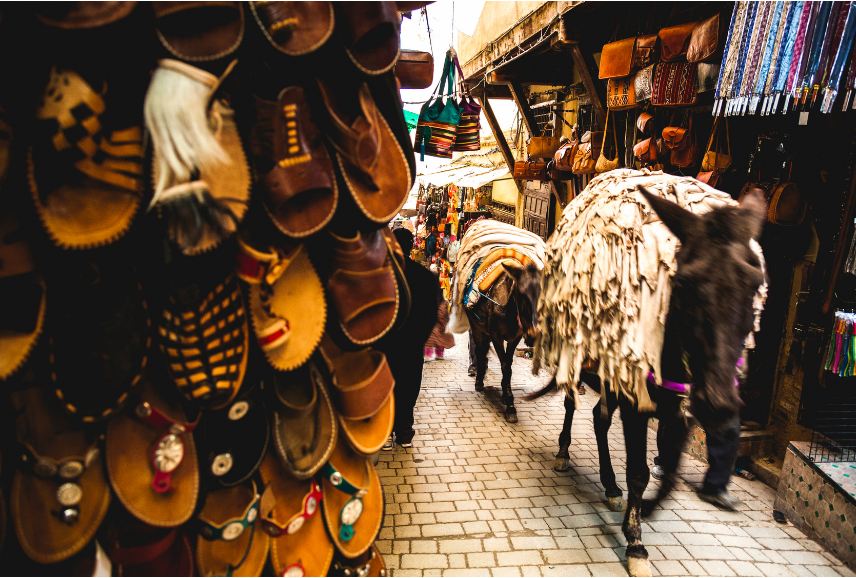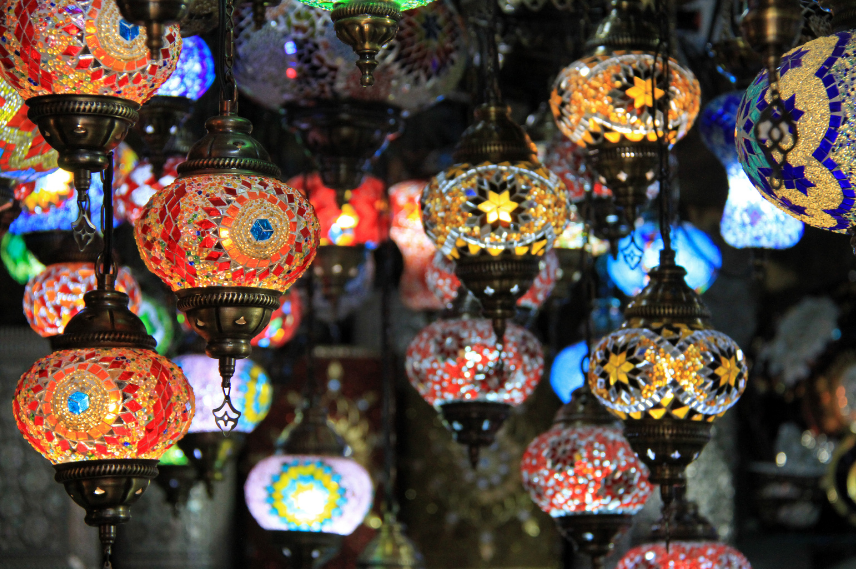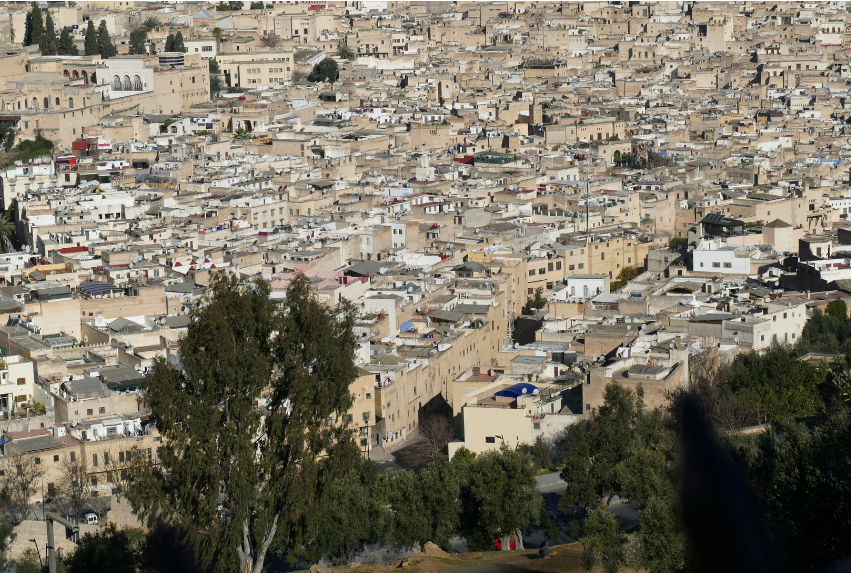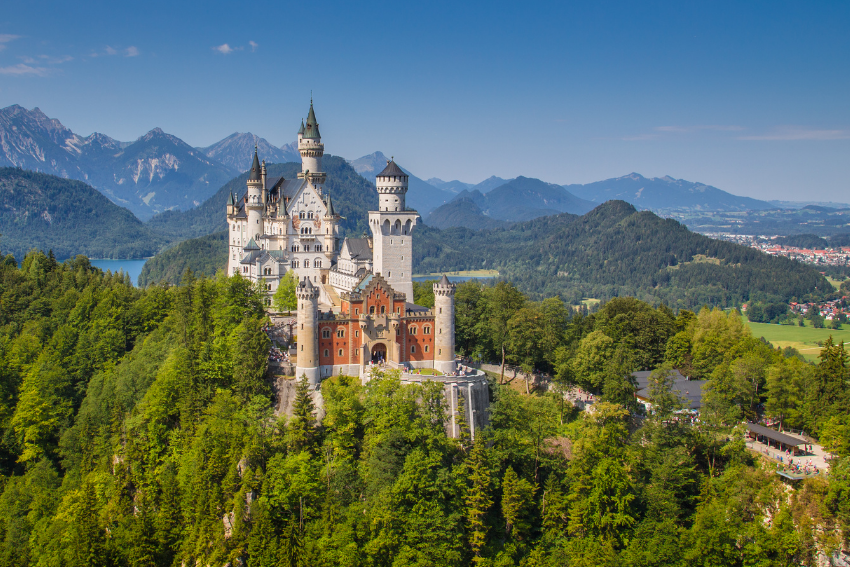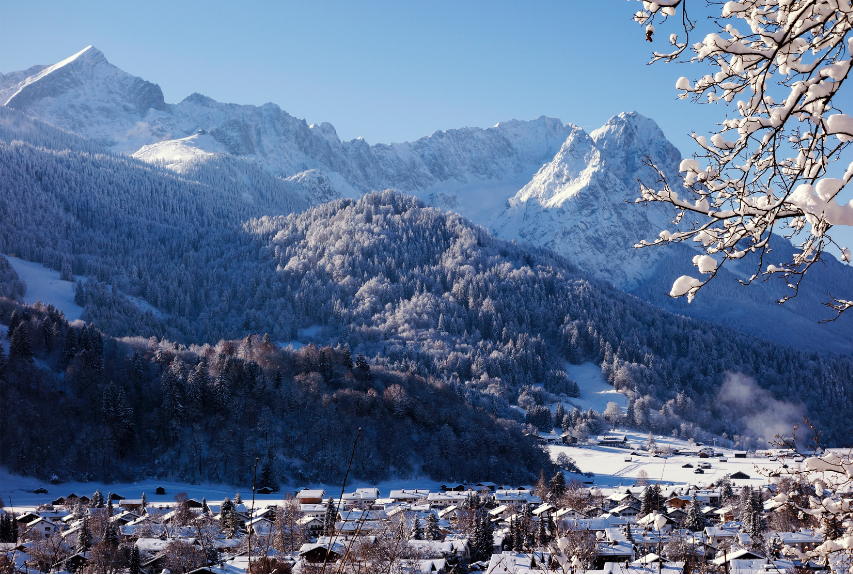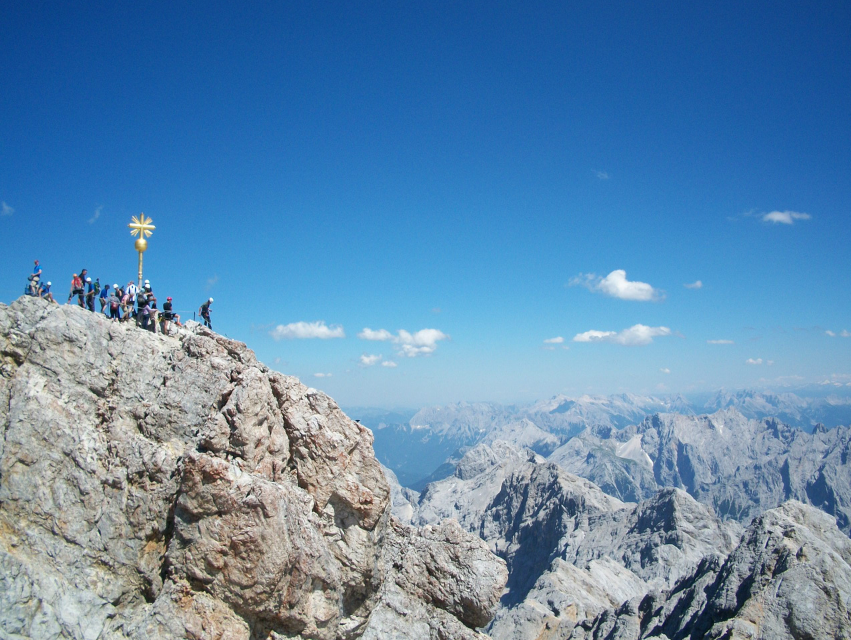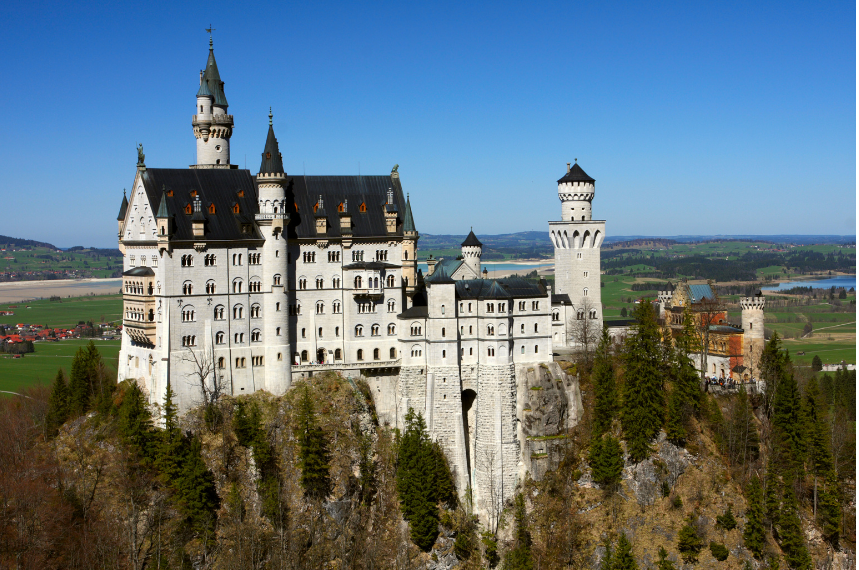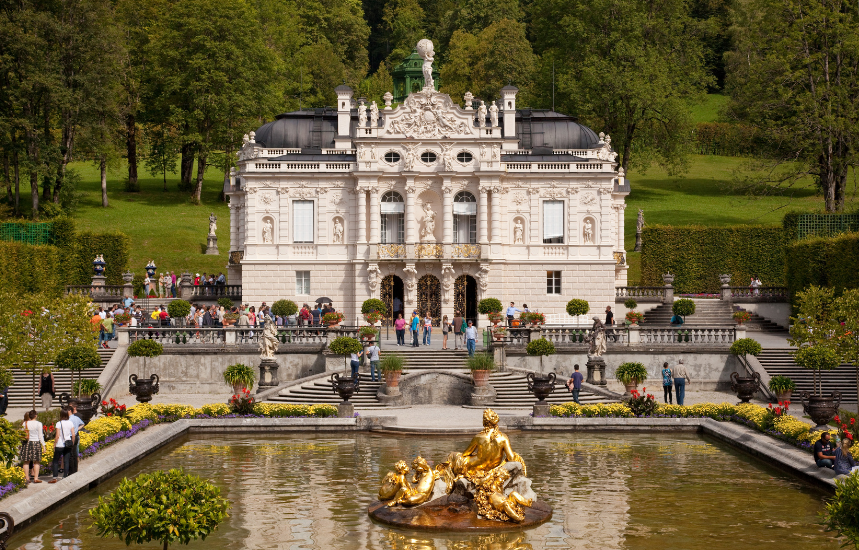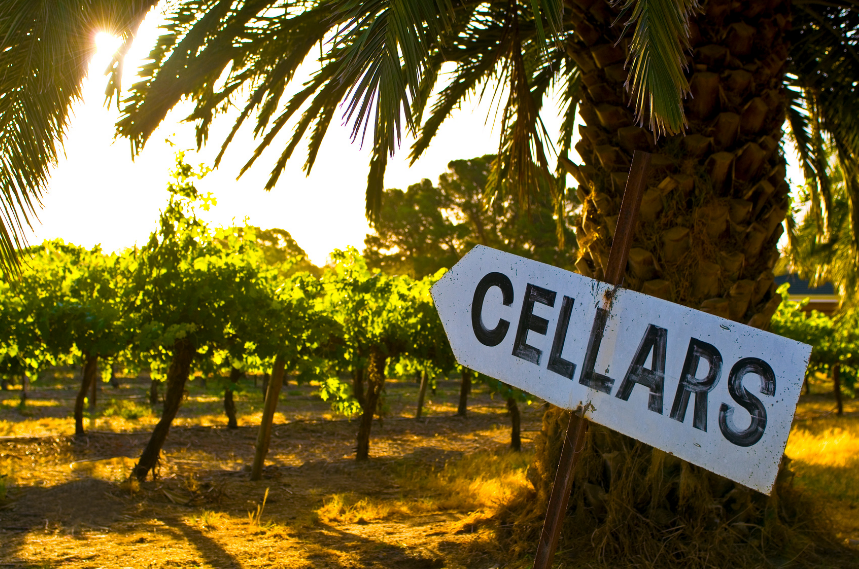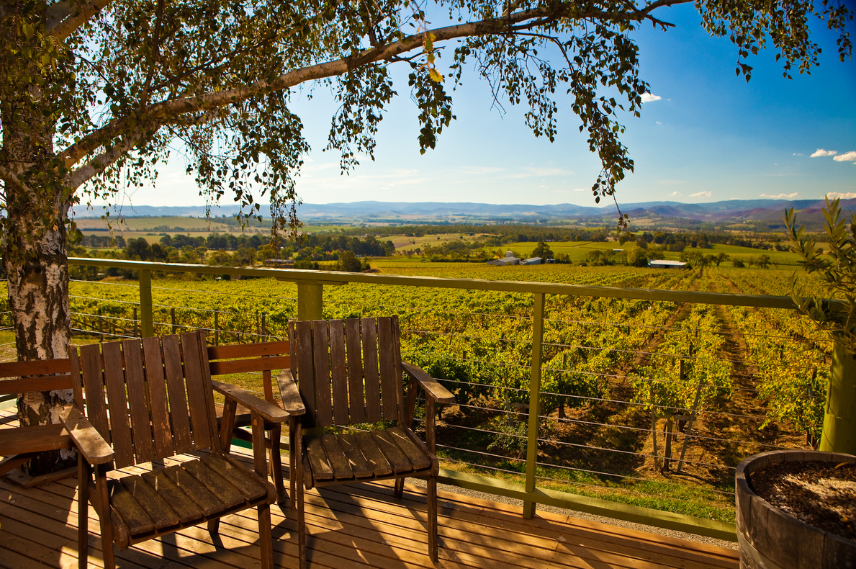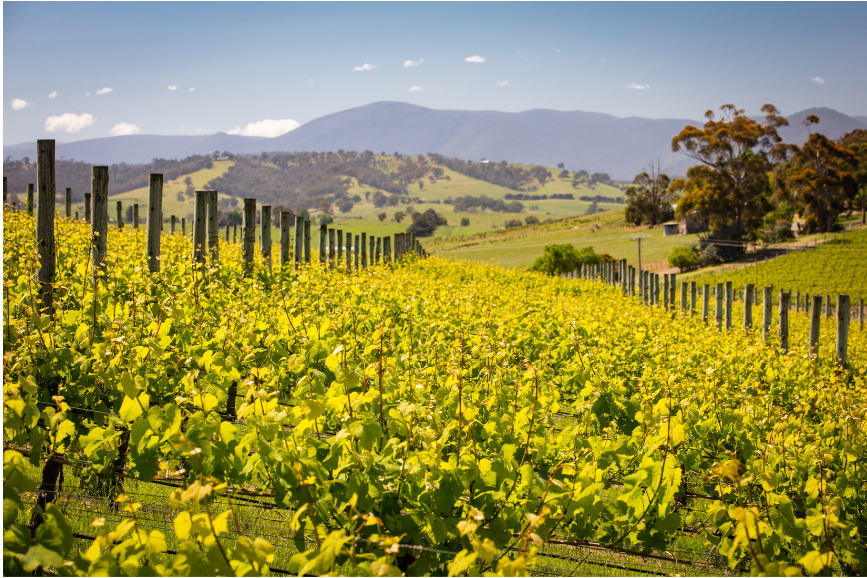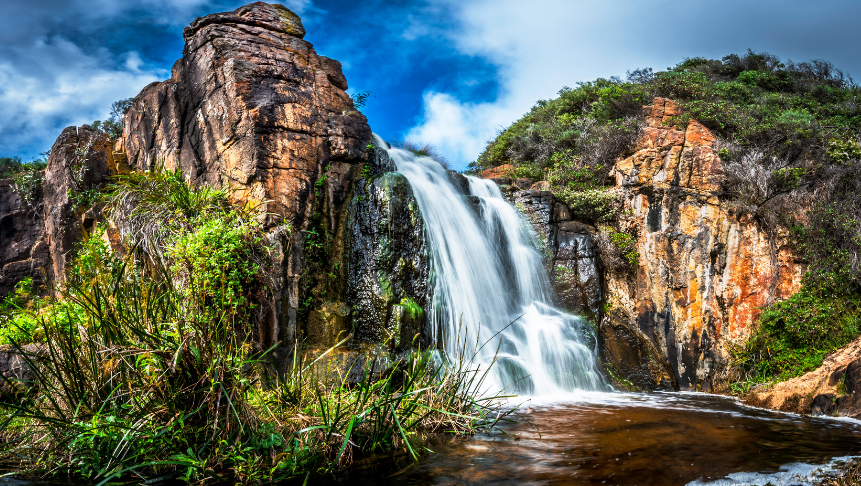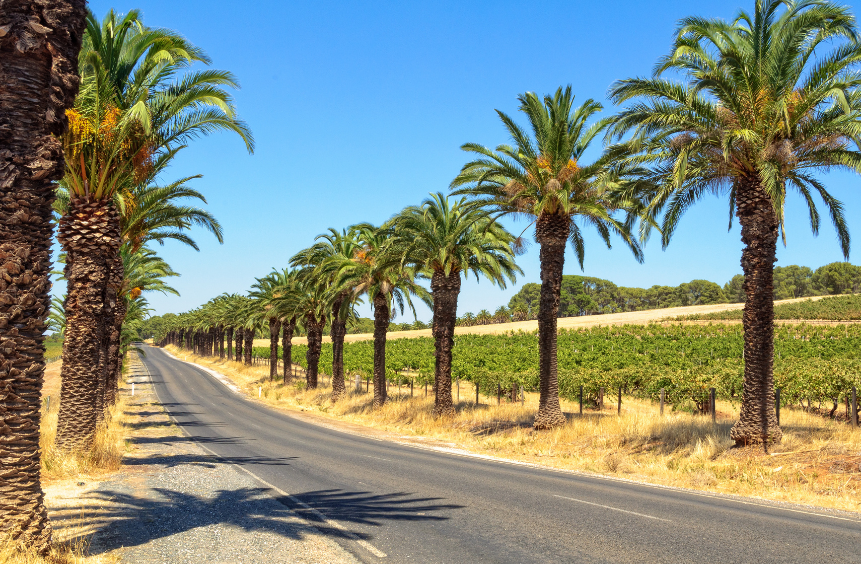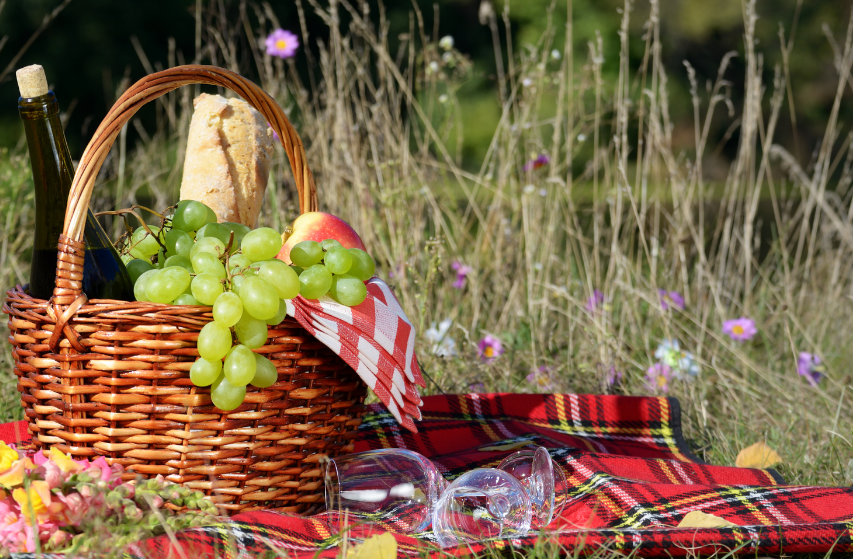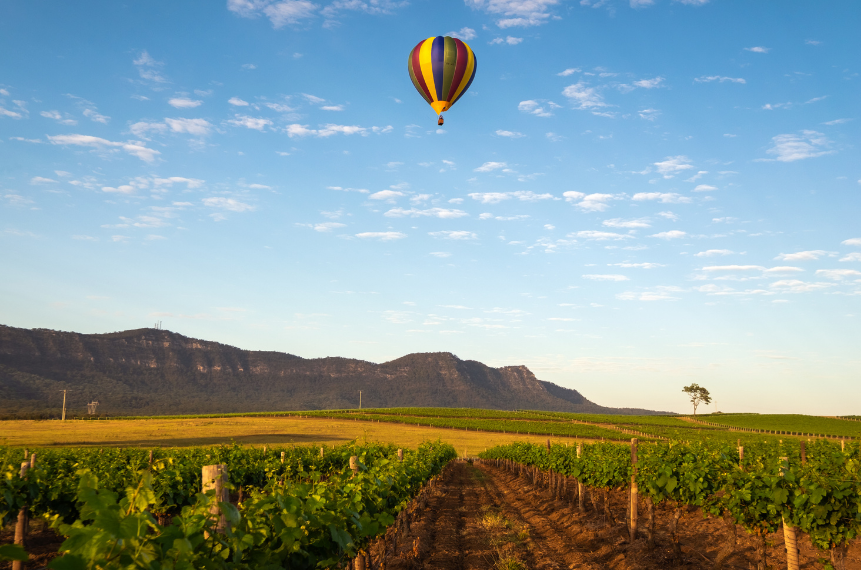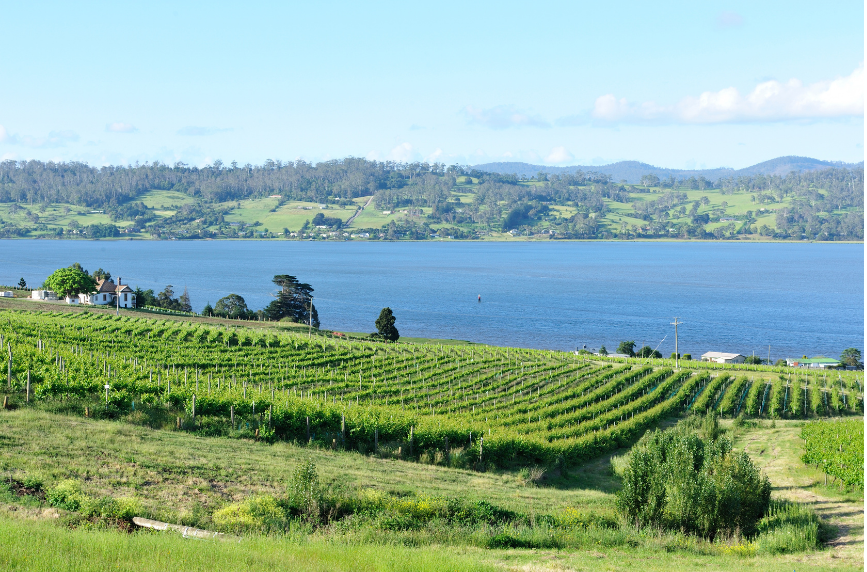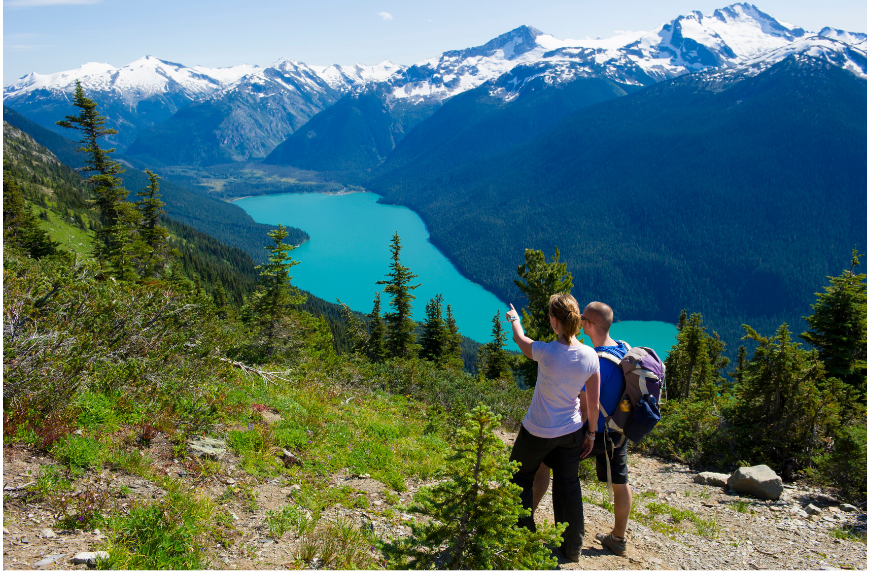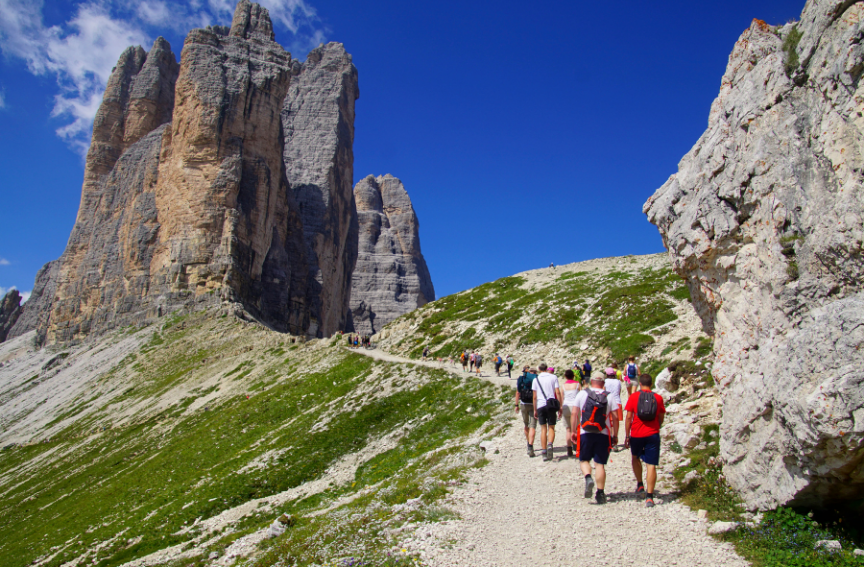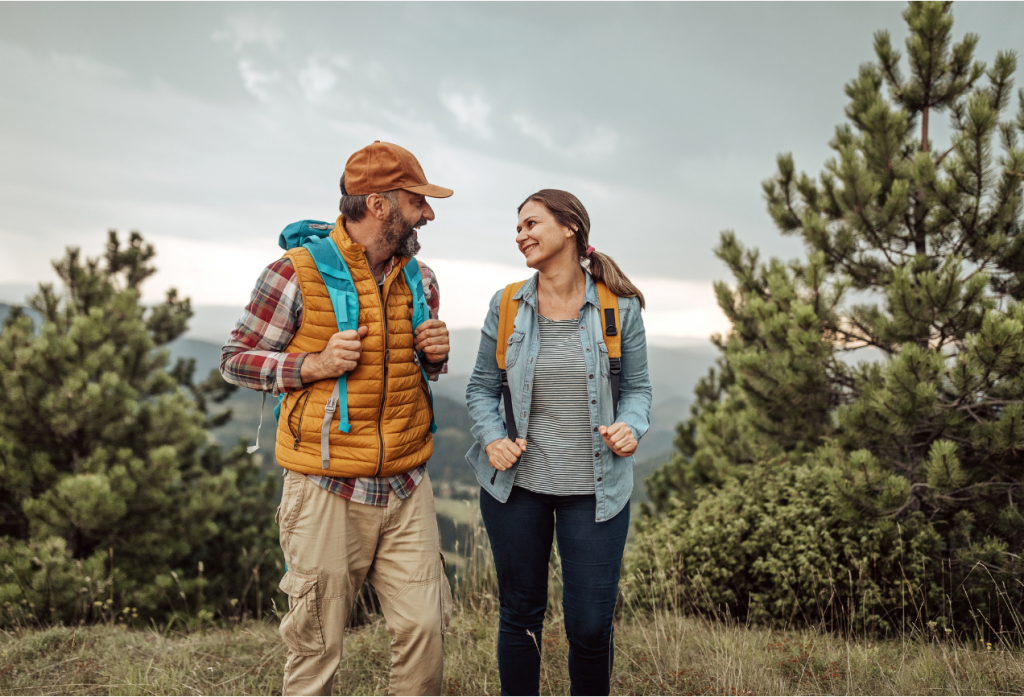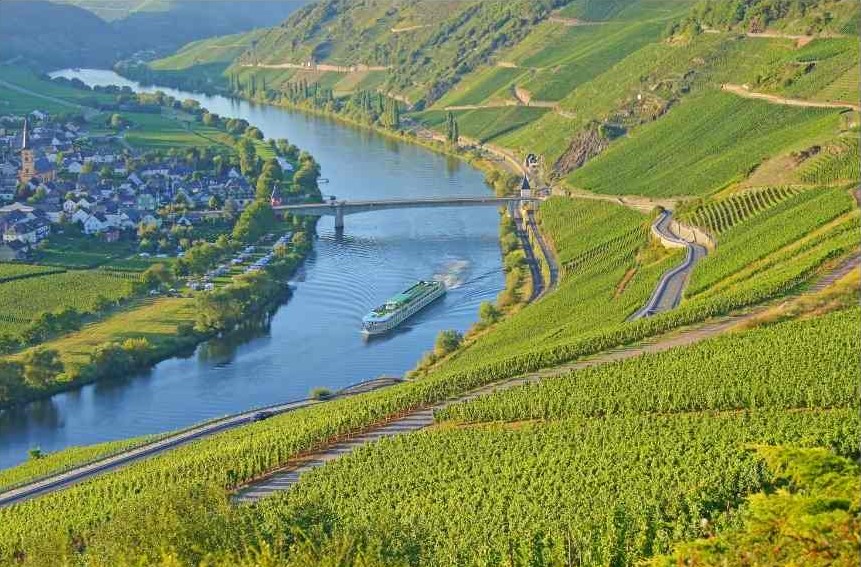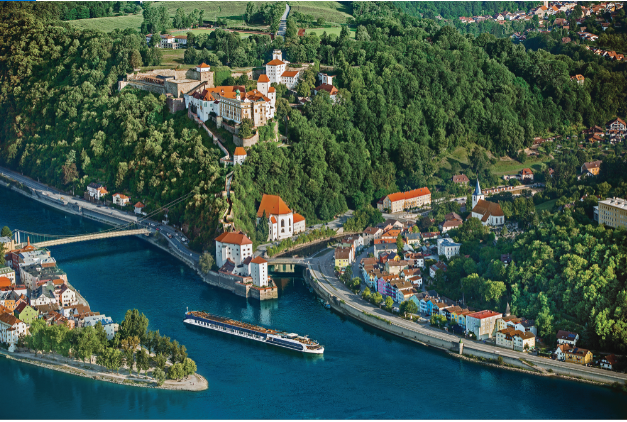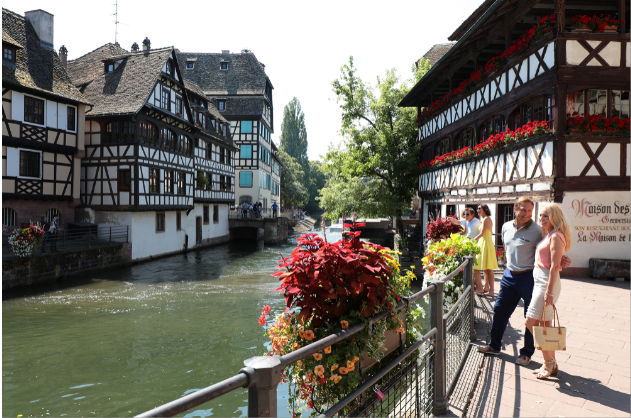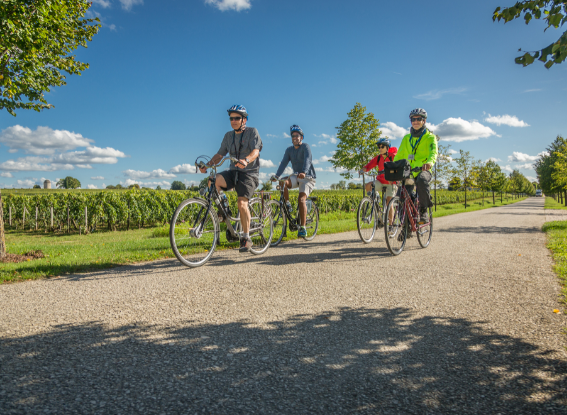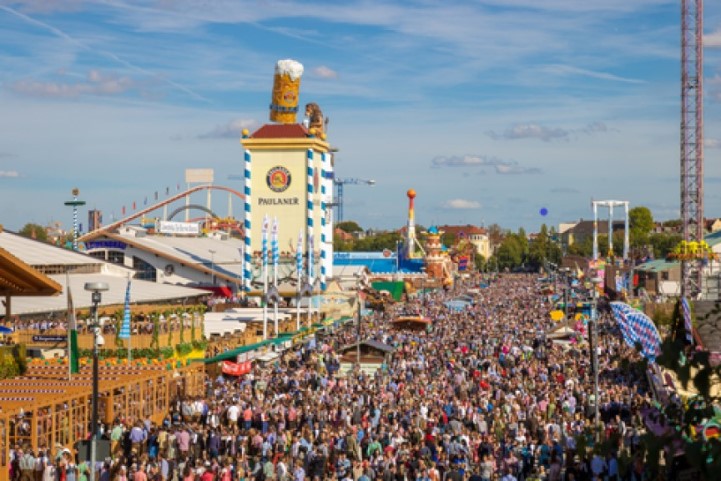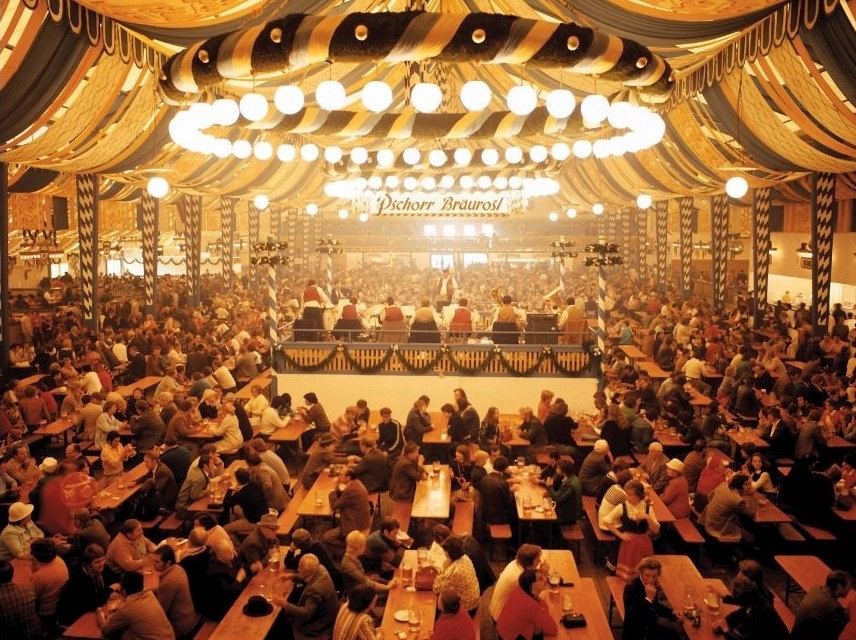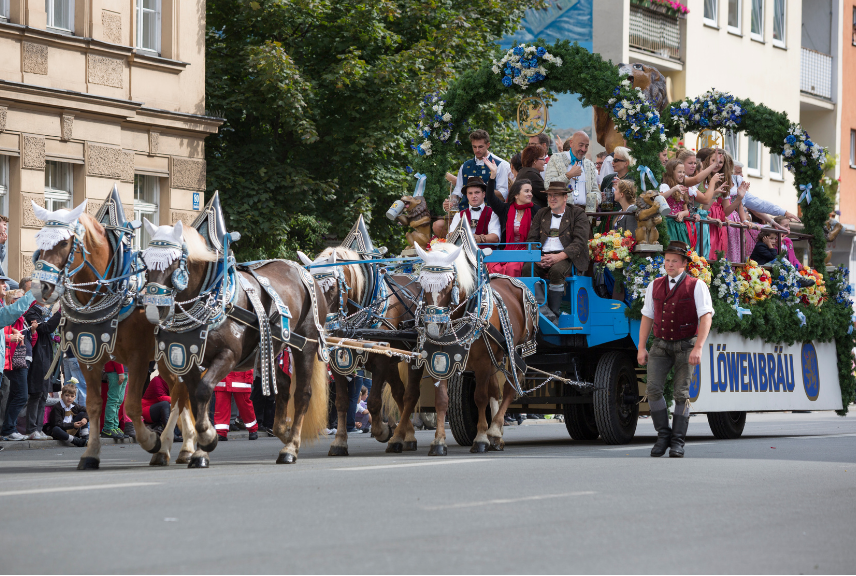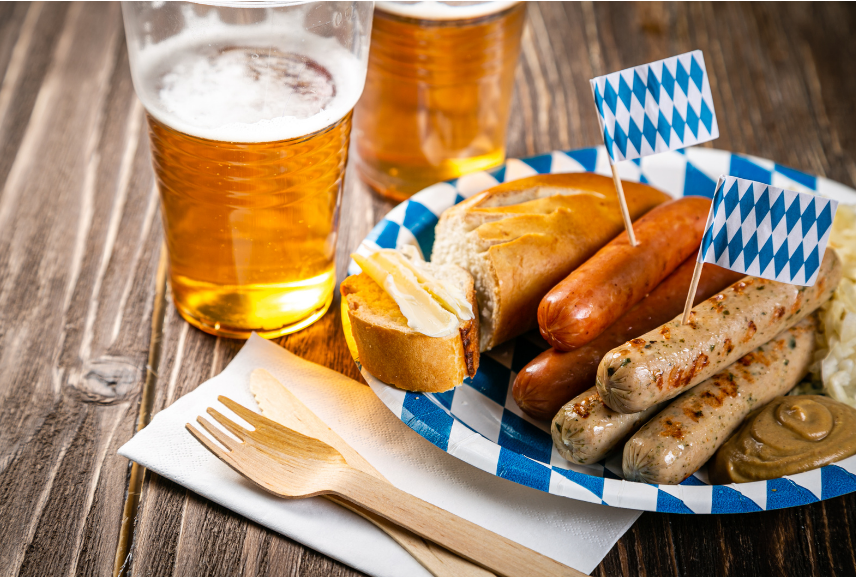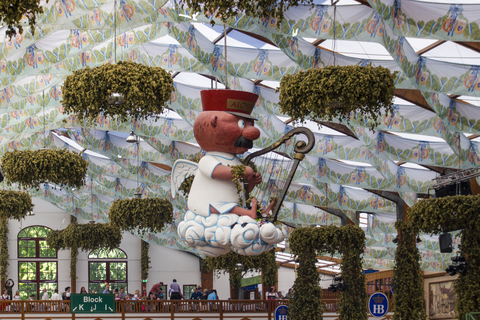The capital of Hungary, Budapest, has many nicknames. Still, the most prominent one is the City of Spas because of its abundance of historical thermal spas. For centuries, Hungarians enjoyed the advantages of having natural springs under the country by building thermal baths that increased in popularity quickly for the medicinal benefits of the warm mineral water and social aspects.
Hungarians just followed what other civilizations enjoyed. The Turks, and before them, the Romans,
built luxurious baths thousands of years before those in the region that is now Hungary. Some of the Turkish baths, like Király and Rudas, still operate in Budapest today.
So, what makes these historical thermal baths worth visiting? Well, like the elegant coffeehouses scattered around Budapest, some of the most beautiful bathhouses warrant visits solely based on the architecture and their stunning interiors.
Gellért Baths and Spa
The Gellért Baths and Spa is one of the most popular bathhouses in Budapest. Located next to the famous Danube River, this bathhouse has an impressive history. Although it wasn’t built until 1918, the water from Gellért Hill was being used as far back as the 13th century. It now houses the world’s oldest wave pool and features both outdoor and indoor pools to reap the benefits of the mineral-rich water.
The design of the baths here is in Art-Nouveau style and is one of the main reasons to visit. As you enter the mall hall at the Gellért Baths and Spa, you will be immediately transported back to 1918, with stunning cream columns, azure blue tiles lining the walls, as well as beautifully colored glass that illuminates the room on a sunny day.
Each thermal pool in this ten pool building has its own distinct design, showcasing the style of the early 20th century and how it’s still just as beautiful as it was back in 1918.
Széchenyi Thermal Baths
Once you arrive in Budapest, it won’t be long until you learn about the Széchenyi Thermal Baths. Located in the Pest part of the city, it is one of the largest and most popular public baths in Europe. Similar to the rest of the thermal baths, the architecture and history behind the Széchenyi Thermal Baths entice you to visit. Built between 1909 and 1913, Neo-Baroque and Neo-Renaissance styles dominate the architecture. You’ll notice that even the smallest details of the palace balconies and arches are rich in water metaphors and water allegories.
Like the Gellért Baths, Széchenyi also provides an outdoor and indoor pool of differing temperatures, two saunas, and a steam bath.
If you’re a fan of art history, you cannot miss the Széchenyi Thermal Baths’ beauty.
Rudas Thermal Baths
The Rudas Thermal Baths, built by the Turks in 1550 directly on the Danube, are the oldest and most beautiful of all baths in Budapest. The Ottoman architecture at this thermal bath is quintessentially Turkish, expressed by marvelous domed ceilings, marble columns and walls, and rooms with a smooth and sleek finish. Red columns support the dome over the main pool, surrounded by four smaller pools of varying temperatures. With the range of pools, you can pick and choose the water temperature in which you wish to luxuriate.
Not only that, but Rudas Thermal Baths are one of the only baths in Budapest that has a drinking hall where you can drink healing water from three springs; Hungária, Attila, and Juventus. The Juventus water is the same water the Turks drank to help with anti-aging, hypertension, and rheumatism.
Lukács Thermal Baths
Unlike most of the other thermal baths in the city, the waters at Lukács Thermal Baths are said to have some of the most effective healing waters that can treat a range of diseases. The architecture may be simpler compared to the Széchenyi and Gellért. Still, it’s the historical plaques Unlike most of the other thermal baths in the city, the waters at Lukács Thermal Baths are said to have some of the most effective healing waters that can treat a range of diseases. The architecture may be simpler compared to the Széchenyi and Gellért. Still, it’s the historical plaques
Király Thermal Baths
The 400-year-old Király Thermal Baths, unlike other thermal baths in Budapest, don’t have their own natural water source: its water comes from the Lukács Thermal Bath. Similar to the Rudas Baths, when you step inside the Király Thermal Baths, you are taken back in time to when the Turks ruled the Buda Castle, hence the stunning Ottoman architecture.
Traditionally Turkish, the dome-shaped ceiling of the Király Thermal Baths provides dim light over the octagonal pool. The bath nor the surrounding building hasn’t been restored for a few decades, making it that much more historically appealing.
The thermal baths of Budapest aren’t just worth a visit because of their warm waters, but the history and the architecturally stunning bathhouses make it impossible to leave off your itinerary. Dip into Hungarian spa culture and other cultural riches! Email me today to explore this area of Europe so overlooked by many!

